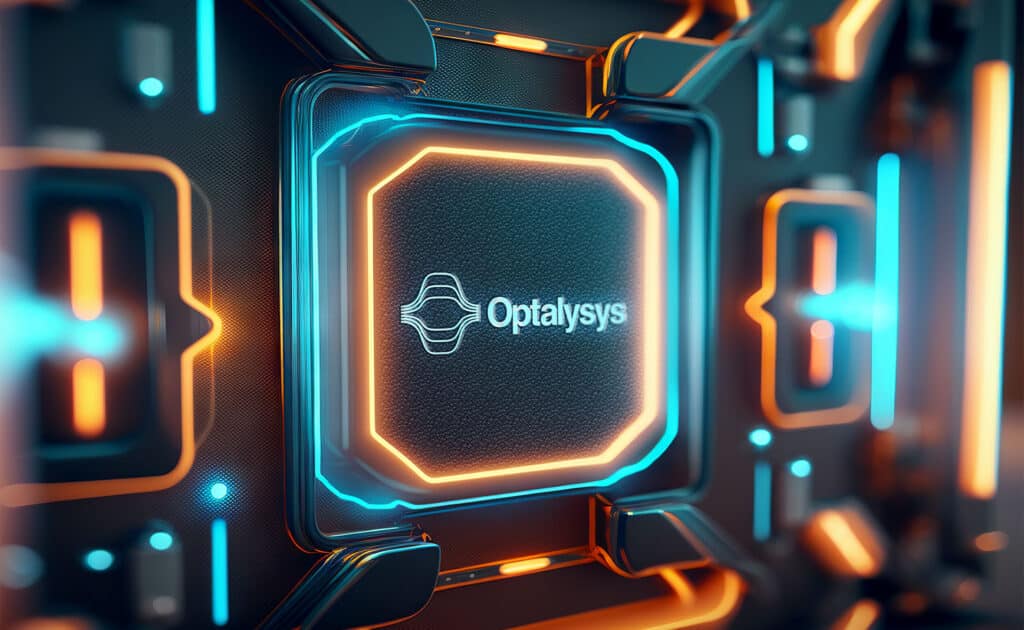About
Enable next-gen cryptography through optical computing.
Our History
Optical computing has always been an attractive concept.
Near-instantaneous and low power, the uses of analog optical transform computing date back to the 1960s.
The combination of silicon photonics, free-space optical processing and digital electronics that makes up our Etile processing core is a radically different yet extremely powerful approach that not only achieves this goal, it does so in a way suited to direct integration into the most challenging digital tasks.
Designed to tackle problems that cannot be addressed by electronic solutions, the current and future information processing capacity of optics is unmatched by any other technology.
Our History
Optical Computing
Optical computing has always been an attractive concept.
Near-instantaneous and low power, the uses of analog optical transform computing date back to the 1960s.
Making a digitally programmable photonic transform system has been the goal of Optalysys since our founding in 2013.
The combination of silicon photonics, free-space optical processing and digital electronics that makes up our Etile processing core is a radically different yet extremely powerful approach that not only achieves this goal, it does so in a way suited to direct integration into the most challenging digital tasks.
Designed to tackle problems that cannot be addressed by electronic solutions, the current and future information processing capacity of optics is unmatched by any other technology.
2001
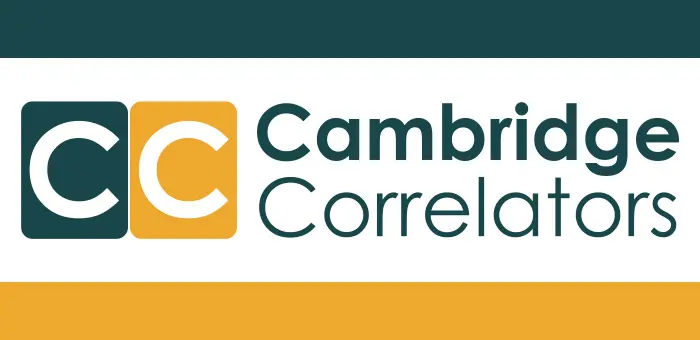
Formed through private partnerships with Cambridge University, Cambridge Correlators was created to leverage the advances being made in high speed Liquid Crystal on Silicon (LCoS) microdisplays and the optical pattern recognition technology developed during Dr Nick New’s PhD.
2005
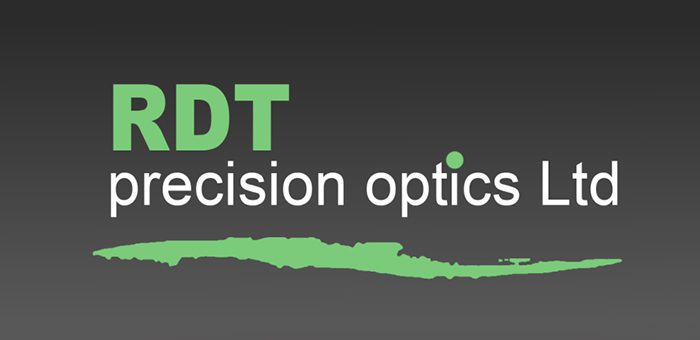
2005-2013
System Development

2013
Optalysys Is Founded

Optalysys was formed as a spin-off of Cambridge Correlators.
The explicit intent of Optalysys is to leverage the colossal parallel processing capability of the optical Fourier transform (OFT) to deliver low-power high-performance computing solutions.
Our aim has always been to make Fourier optics an aspect of programmable computing, allowing the advantages of the OFT to be applied to processing digital data.
2015
Project Genesys

Optalysys partnered with The Earlham Institute to create a Genetic Search System through a 2.5 year project that was successfully awarded £0.5M from the government body Innovate UK
The optical approach delivered 90% energy savings and 20x faster processing.
2017
Project Equate
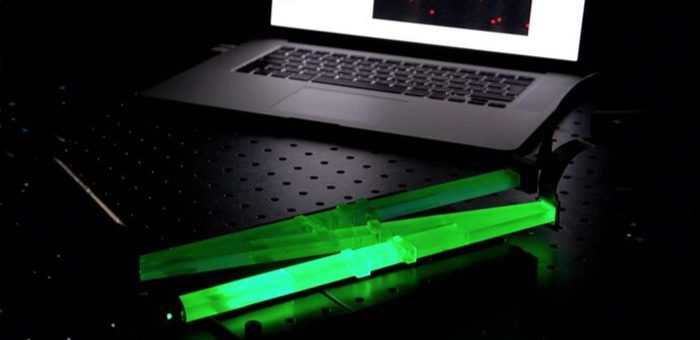
2017
Projet Escape

2019
Silicon Photonics

The rise of AI accelerators and the unique potential of optical transforms in accelerating convolution operations leads to a need for greater integration between optical computing and conventional CMOS.
Optalysys begins exploring silicon photonics as a technology that will allow us to bridge this gap through tight co-integration of microscale optical circuits with digital systems.
2021
FHE

Optalysys applications research identifies FHE as a potential candidate for optical acceleration based on the deep relationship between convolution operations as applied in AI and the large polynomial multiplications used in FHE.
Initial experimentation and testing quickly leads to an explosion in Optalysys research and development directed towards FHE applications.
2022
Optalysys Enable
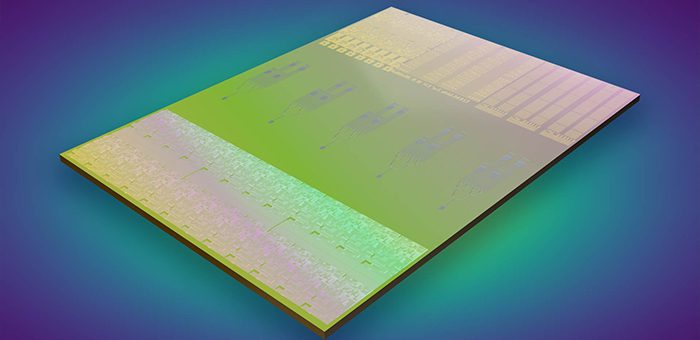
Our ongoing applications research and engagement with other entities in the FHE sector orients Optalysys fully towards FHE as our primary market for optically-enhanced transform operations.
Development begins in earnest on bringing a dedicated FHE hardware acceleration platform to market.
2001
Cambridge Correlators
Formed through private partnerships with Cambridge University, Cambridge Correlators was created to leverage the advances being made in high speed Liquid Crystal on Silicon (LCoS) microdisplays and the optical pattern recognition technology developed during Dr Nick New’s PhD.
2001




2005
RDT Precision Optics
Cambridge Correlators enters into a working partnership created with Optalysys co-founder Robert Todd, specialist in precision optical components and system assembly, allowing rapid prototyping and advances in Fourier optical hardware.
2005
2005-2013
System Development
Be it ruggedised optical correlators capable of withstanding extreme environments, optical partial derivative functions for numerical solvers, or academic kits for universities, Cambridge Correlators produced a range of Fourier optical systems and developed new methods for image recognition, coded aperture imaging and motion tracking.
2005


2013
Optalysys Is Founded
Optalysys was formed as a spin-off of Cambridge Correlators.
The explicit intent of Optalysys is to leverage the colossal parallel processing capability of the optical Fourier transform (OFT) to deliver low-power high-performance computing solutions.
Our aim has always been to make Fourier optics an aspect of programmable computing, allowing the advantages of the OFT to be applied to processing digital data.
2013
2015
Project Genesys
Optalysys partnered with The Earlham Institute to create a Genetic Search System through a 2.5 year project that was successfully awarded £0.5M from the government body Innovate UK
The optical approach delivered 90% energy savings and 20x faster processing.
2015



2017
Project Equate
Optalysys completed a seedling project in collaboration with the US Defense Advanced Research Projects Agency (DARPA) in 2017 exploring light-speed mathematical processing.
2017
2017
Project Escape
A major project led by the European Centre for Medium-Range Weather Forecasts (ECMWF) to develop next generation numerical weather prediction.
2017



2019
Silicon Photonics
The rise of AI accelerators and the unique potential of optical transforms in accelerating convolution operations leads to a need for greater integration between optical computing and conventional CMOS.
Optalysys begins exploring silicon photonics as a technology that will allow us to bridge this gap through tight co-integration of microscale optical circuits with digital systems.
2019
2021
FHE
Optalysys applications research identifies FHE as a potential candidate for optical acceleration based on the deep relationship between convolution operations as applied in AI and the large polynomial multiplications used in FHE.
Initial experimentation and testing quickly leads to an explosion in Optalysys research and development directed towards FHE applications.
2021


2022
Optalysys Enable
Our ongoing applications research and engagement with other entities in the FHE sector orients Optalysys fully towards FHE as our primary market for optically-enhanced transform operations.
Development begins in earnest on bringing a dedicated FHE hardware acceleration platform to market.
2022
Meet The Team
Optalysys works at the intersections between multiple cutting edge technologies. As such, we’re a collection of many talents spanning electronic system design, optical computing technologies, applications research and hardware and software development.
Click the images below for a brief bio of each team member.
Senior Management & Board

CTO, Director, Founder
Robert Todd

CEO, Director, Founder
Dr. Nick New
Meet The Team
Optalysys works at the intersections between multiple cutting edge technologies. As such, we’re a collection of many talents spanning electronic system design, optical computing technologies, applications research and hardware and software development.
Click the images below for a brief bio of each team member.
Senior Management & Board

CTO, Director, Founder
Robert Todd

CEO, Director, Founder
Dr. Nick New
Investors






